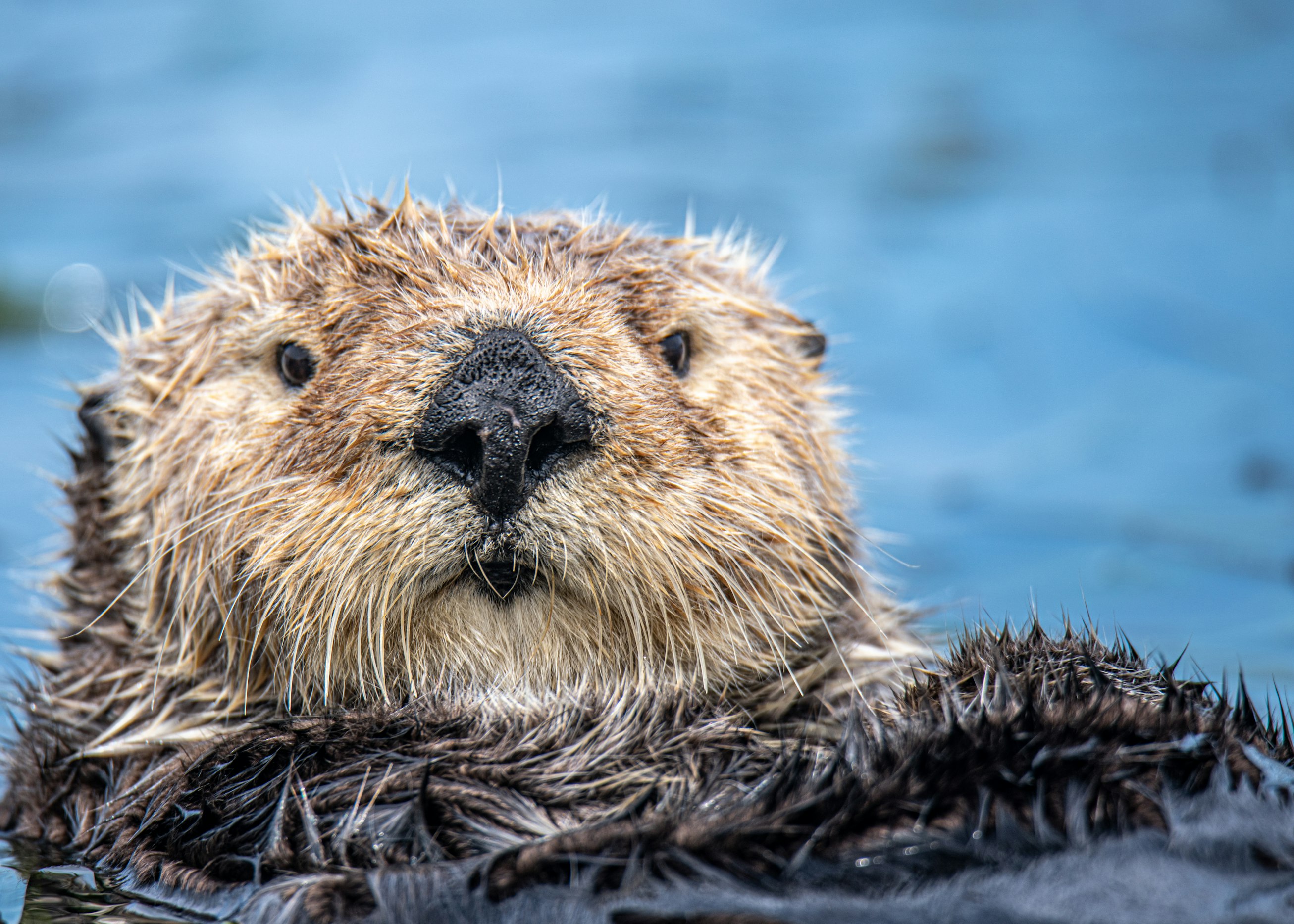“How wolf recovery on Pleasant Island Alaska affected deer populations
NOTE: this article was originally published to ArsTechnica.com on January 26, 2023. It was written by Doug Johnson.
People love otters, wolves, and deer. Respectively, they’re crafty, intelligent, and majestic.
Put them all together on an island, though, and things get unpleasant pretty quickly. These are the findings of a new paper analyzing how a wolf population came to Pleasant Island in Alaska, learned to hunt otters, and, using this unexpected food source, thrived to the point of wiping out the native Sitka black-tailed deer population.
“To the best of our knowledge, the deer population is decimated. We haven’t found evidence of deer recolonizing the islands,” Gretchen Roffler, wildlife research biologist for the Alaska Department of Fish and Game and an author of the paper, told Ars.
Deer diary
The deer have been on Pleasant Island for a long time. The sea otters had also been in the waters off the coast of Alaska until the fur trade killed most of them off by the late 1800s or early 1900s, Roffler said. However, the otters were declared an endangered species, and a population was reintroduced to the area in the 1960s. In the 1980s, they moved into the waters near Pleasant Island and continued to propagate.
Wolves are native to Southeastern Alaska and have made the odd sojourn to Pleasant Island, but they never stayed long. Beginning in 2013, though, the wolves started being seen there full time. Roffler said they likely swam there from the mainland, crossing around a mile of water to reach it.
Roffler and her team wanted to document the predator-prey interactions between the wolves and the deer on the island. At first, the team assumed the wolves would eat the deer and move on—or starve and perish. But the presence of the otters threw a wrench into these expectations.
You otter look out
The team studied the wolves on the island by testing DNA found in 689 wolf scats and performing stable isotope analysis on hair and muscle material, which they got from local hunters. The team tracked the wolves between 2015 and 2021.
The presence of otter and deer DNA in the samples from the wolves showed a dietary switch from the Sitka black-tailed deer (which the wolves normally would have consumed, and which are the wolves’ primary prey) to the sea otters. The paper notes this is an “unexpected result” of the reintroduction and restoration of sea otters. The sea otters became an “abundant marine subsidy for wolves,” the paper said.
From the samples, the researchers saw a diet that consisted primarily of deer shift to one that was made up primarily of sea otters. The research also found that the added and unexpected food source allowed the wolves to reproduce even after the deer population shrank. Ultimately, the wolves killed off the deer population on the island.
The team has not found deer DNA in wolf scat for many years. Also, the vegetation that the deer would normally browse on has grown a lot. “We just don’t think there are really any deer left,” Roffler said.
The team also captured and put GPS collars on various wolves, allowing the researchers to document the animals’ range and distribution, which was mostly the coast of the island, with the odd foray into the center. They did not travel to the mainland. The team used the collars to find wolf kill sites, which included 11 freshly killed otters and nearly 30 older kill sites.
“We couldn’t determine the cause of death, but they had been at least partially consumed by wolves,” she said.
Going for the kill
It might seem odd that the wolves would even be capable of hunting aquatic creatures like sea otters. However, some of the researchers’ data suggests how it went down.
Based on the GPS collar location data, there are various kill sites that are in shallow water, one way in which the land-based wolves are capable of reaching and killing the sea otters. Other sites are in rocky areas near the shoreline. Then there are other GPS locations that are above the high tide lines. In general, the wolves strike when the otters are on land or in shallow water, Roffler said.
“It appears that wolves are stalking sea otters in the intertidal zone and then probably ambushing them and then dragging them above the high tide line to consume them,” she said. “It appears that they are intentionally searching for them in areas where sea otters are known to hang out… They’re not swimming out into deep water to get them—that’s pretty unlikely. Sea otters are pretty awkward and not observant when they’re on land. So they would be more vulnerable on land.”
In all, though, the deer are the biggest losers in this equation. The wolves appear to still be on the island, and, Roffler said, none of them appear to have died from starvation—though the team intends to keep an eye on them. Considering the sea otters can swim to other parts of the coastal waters, they’re also doing fine.
The big takeaway is that wolves can exploit a diversity of prey and learn to do so very quickly—like learning to hunt and kill sea otters in a matter of years. It also suggests that species restoration can bring some surprising sources of nutrients into an ecosystem. Finally, the work “really just confirms something that we already knew, which is that wolves are incredibly adaptable,” she said.
—
For more posts like this, in your inbox weekly – sign up for the Restoring Diversity Newsletter

